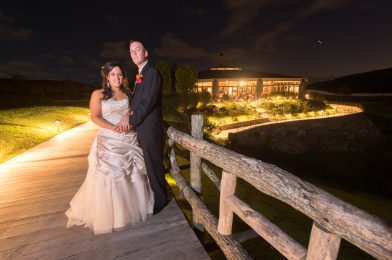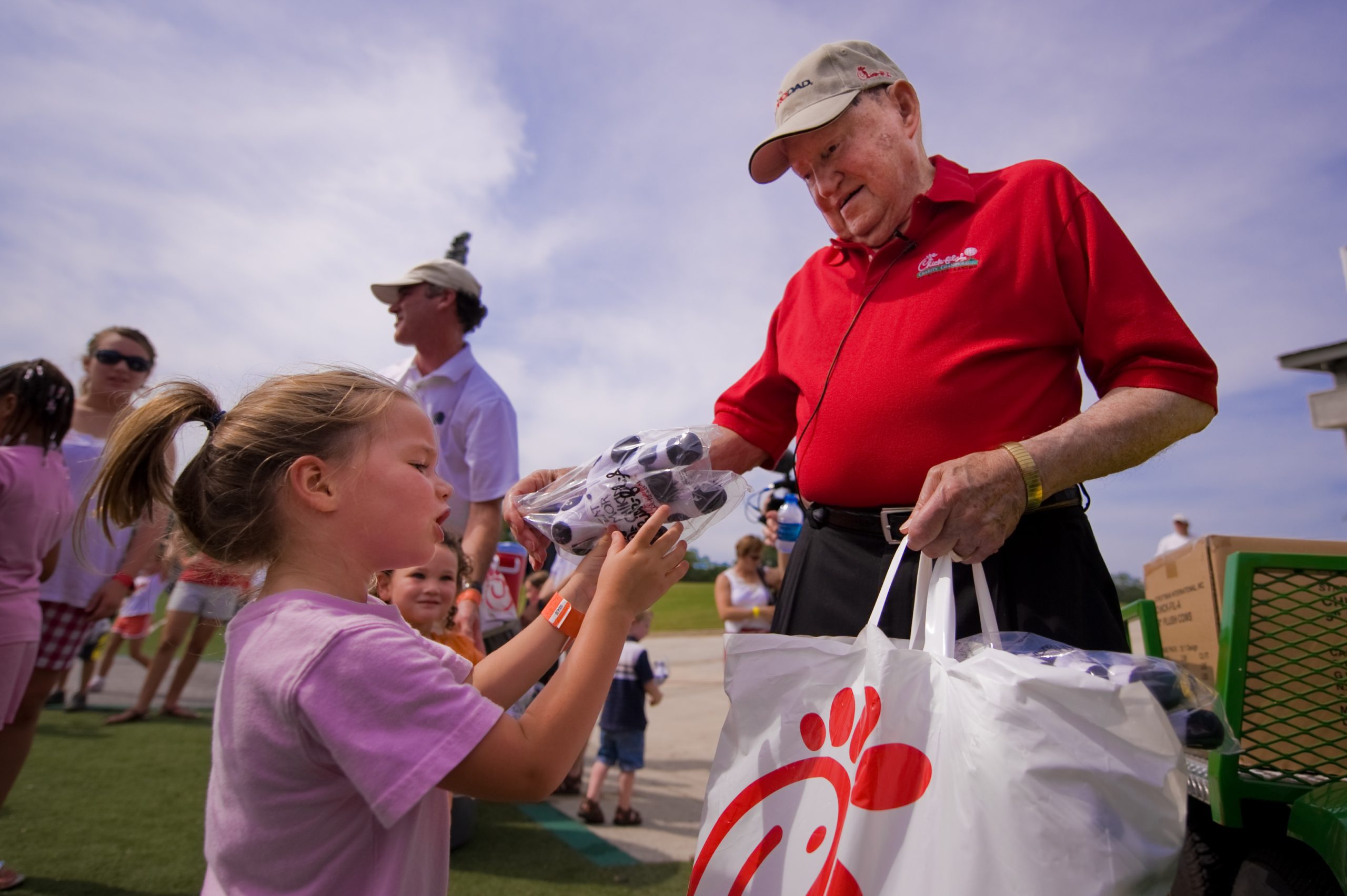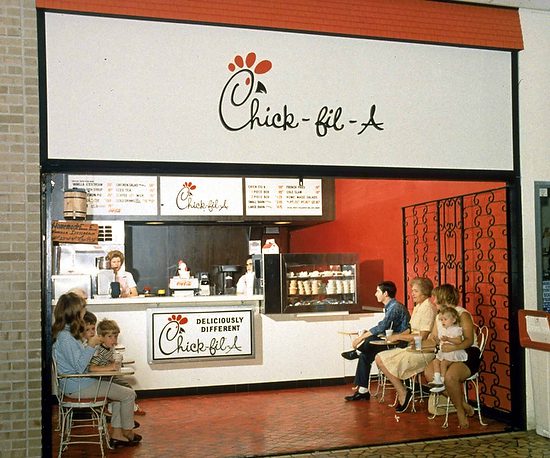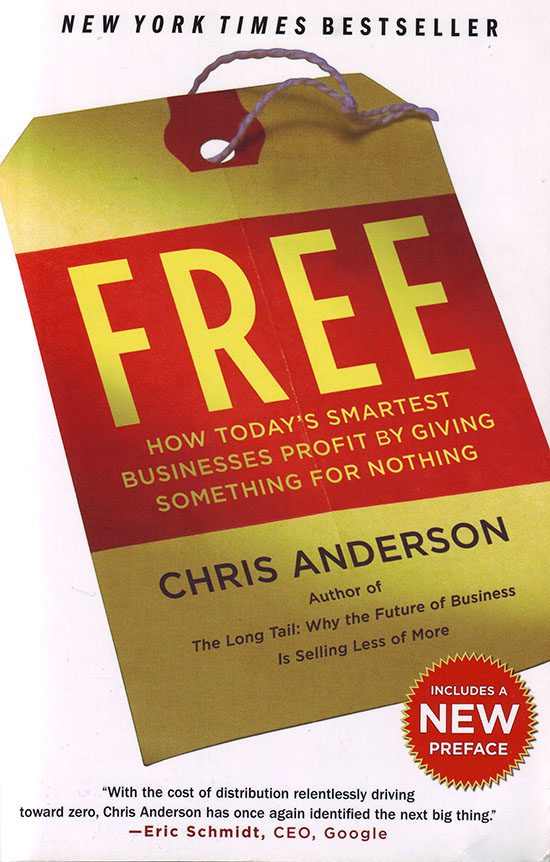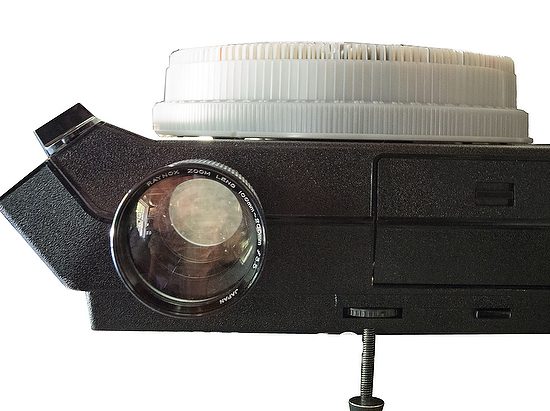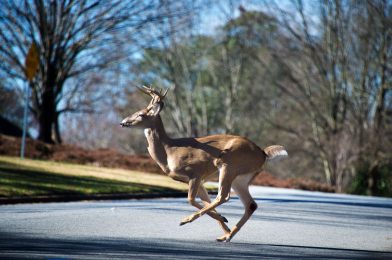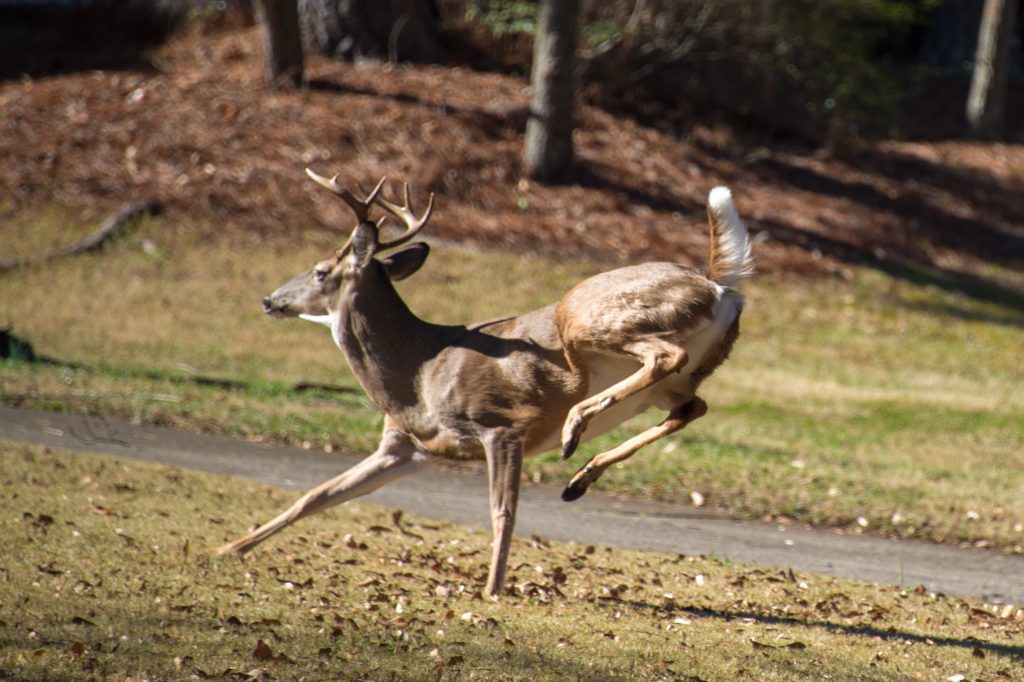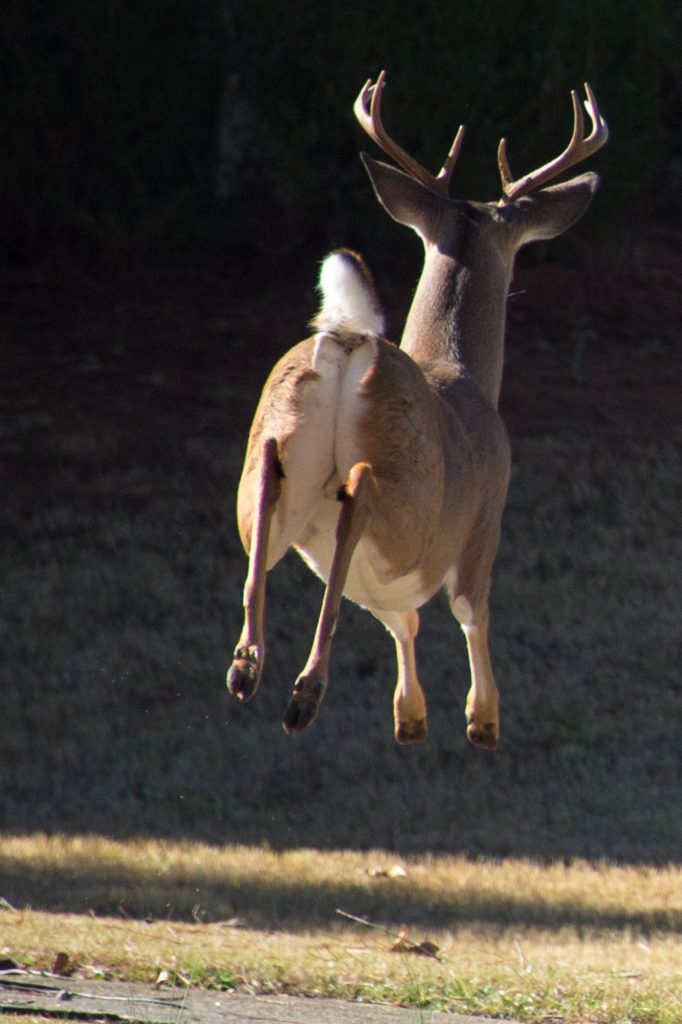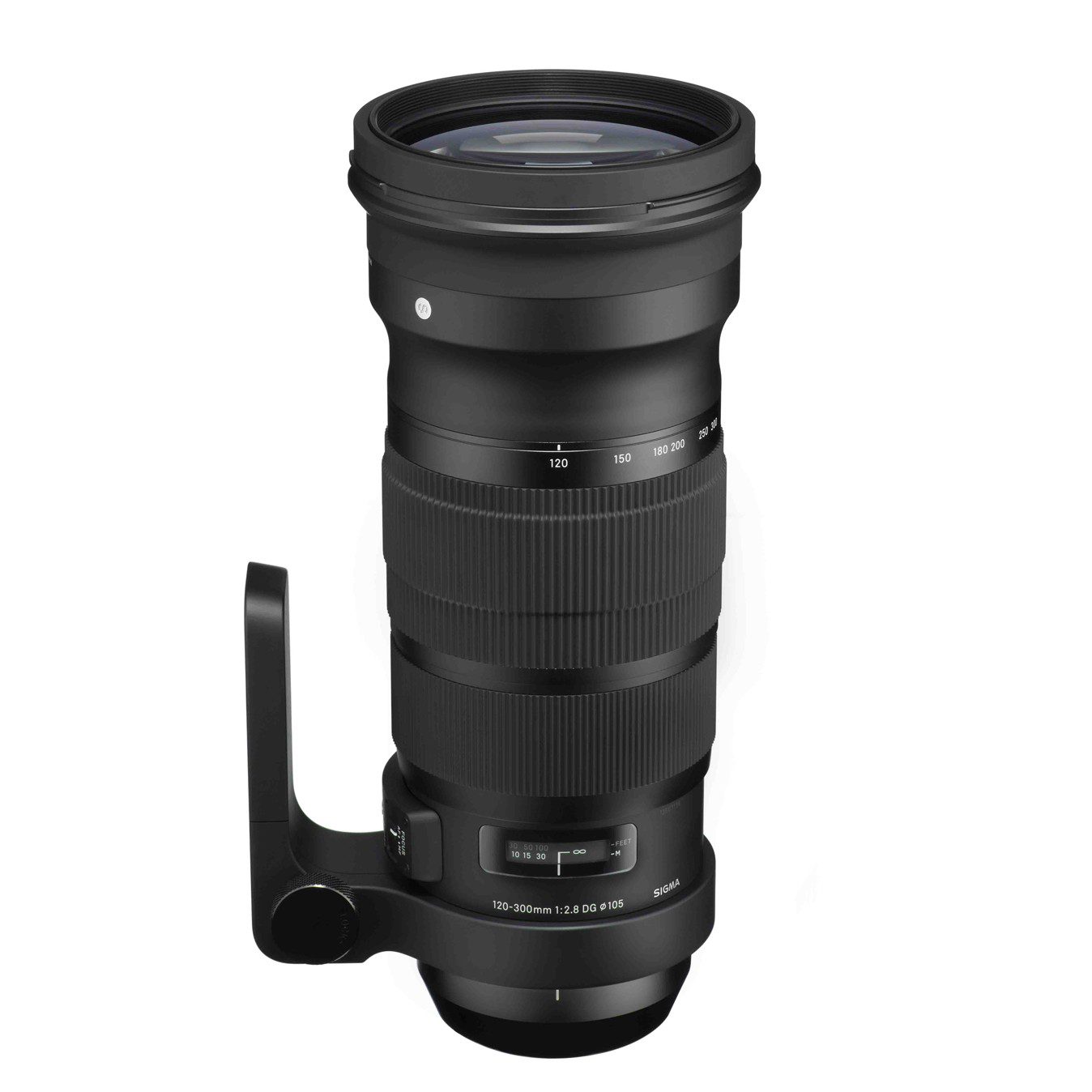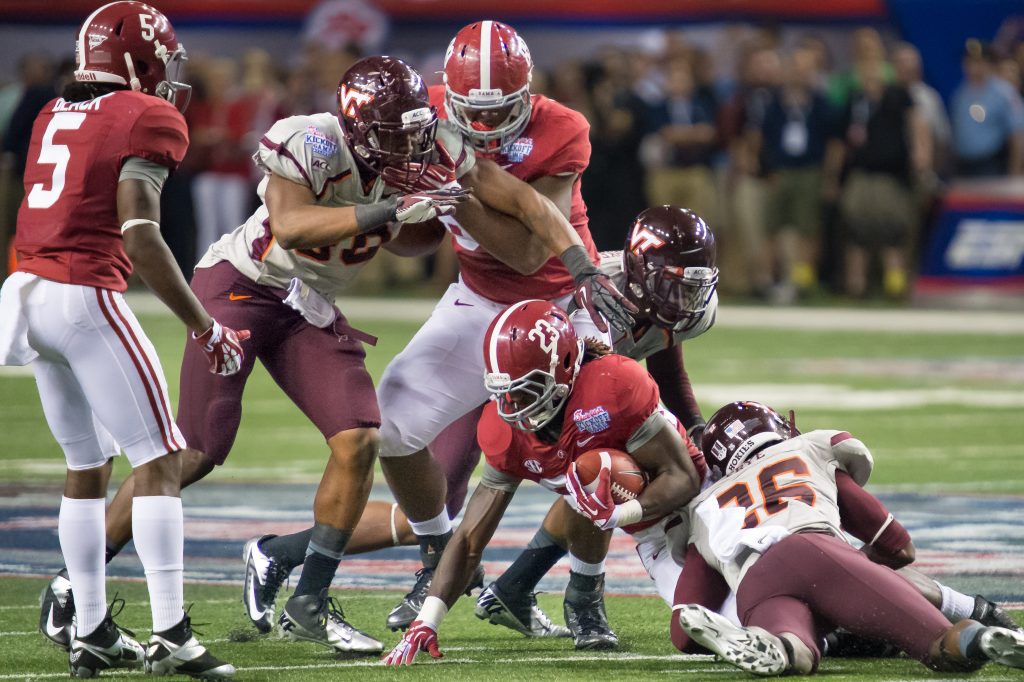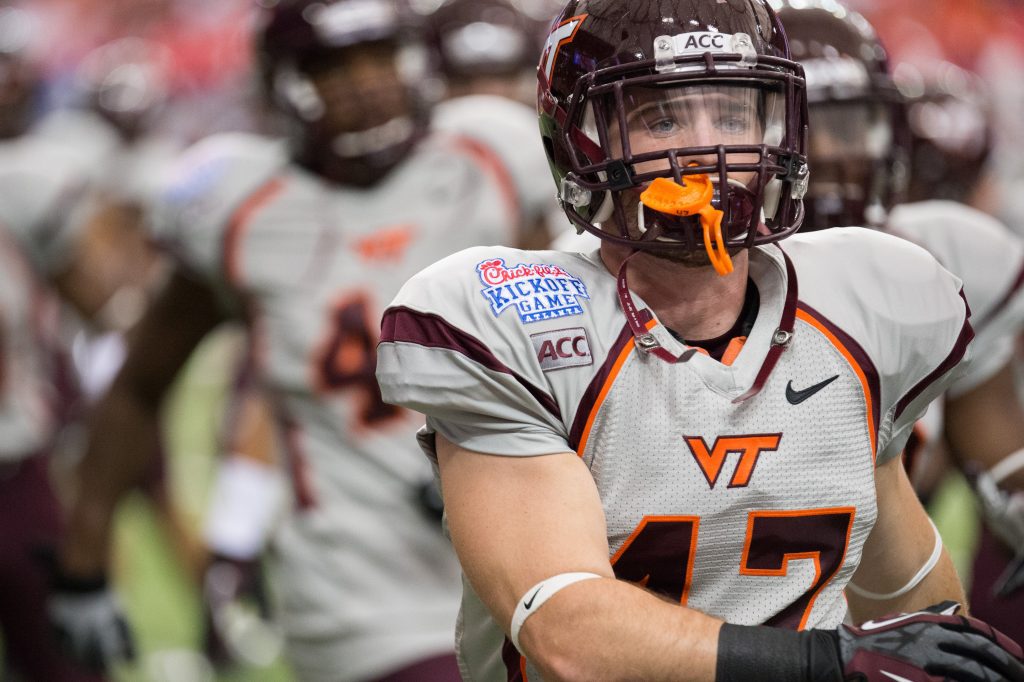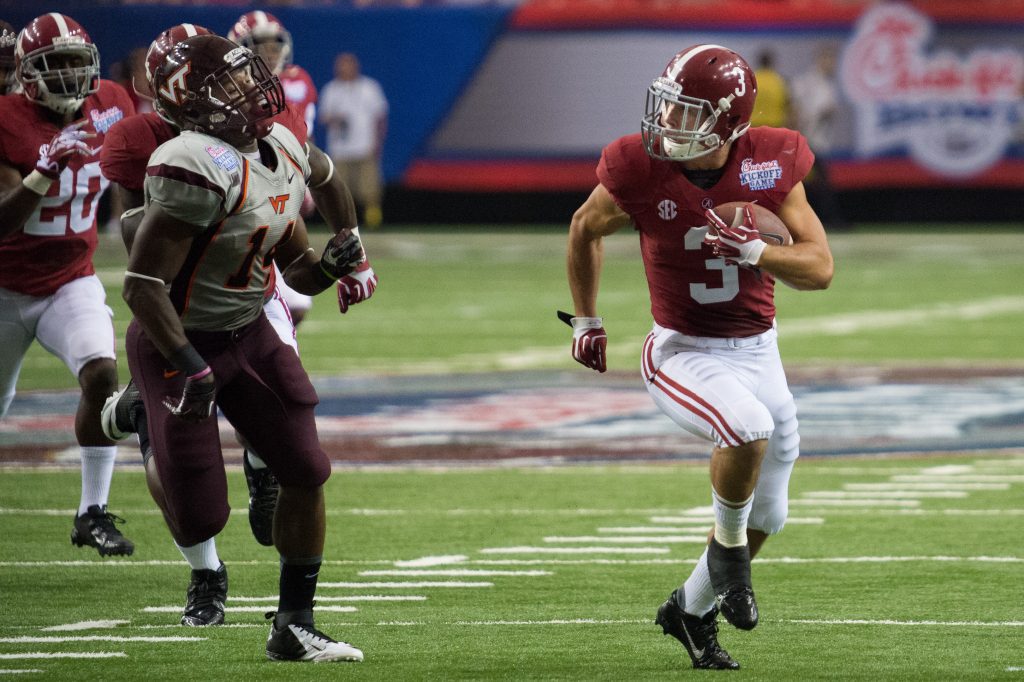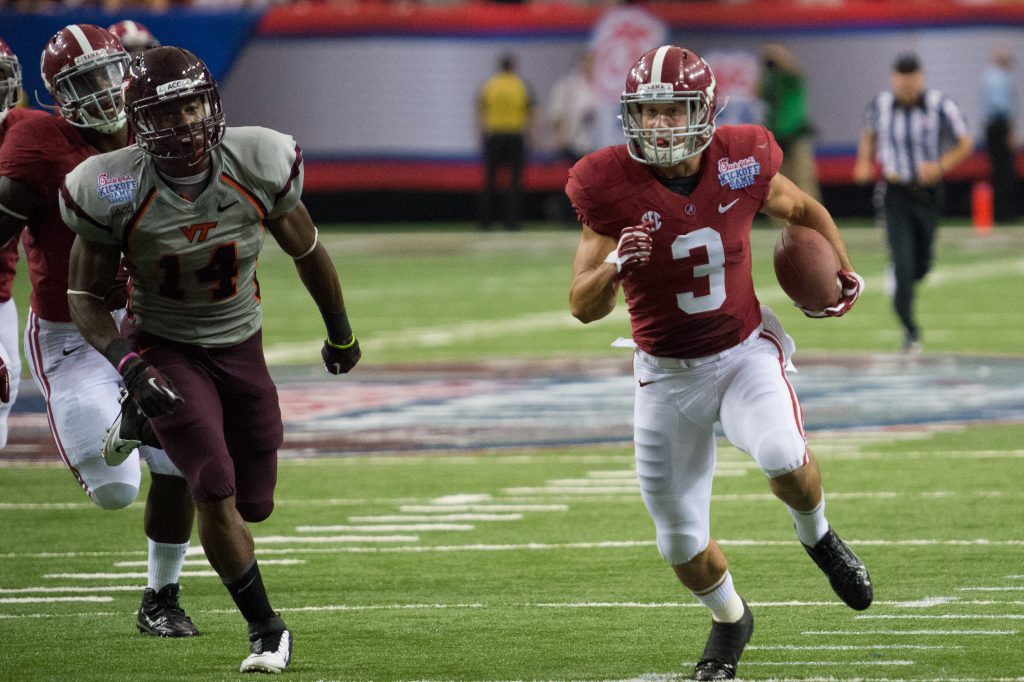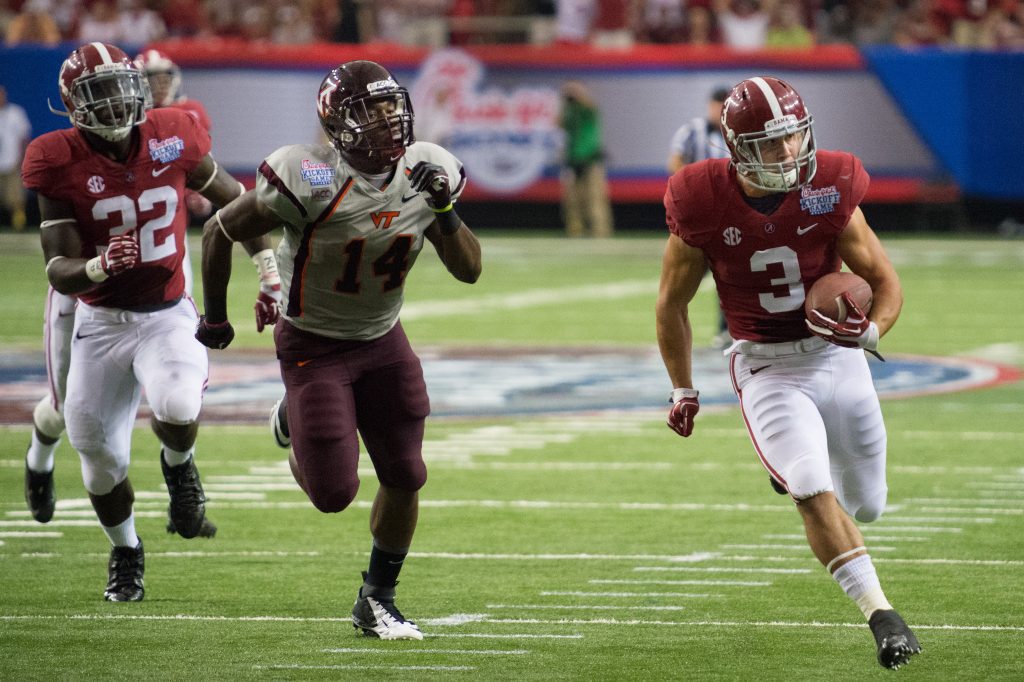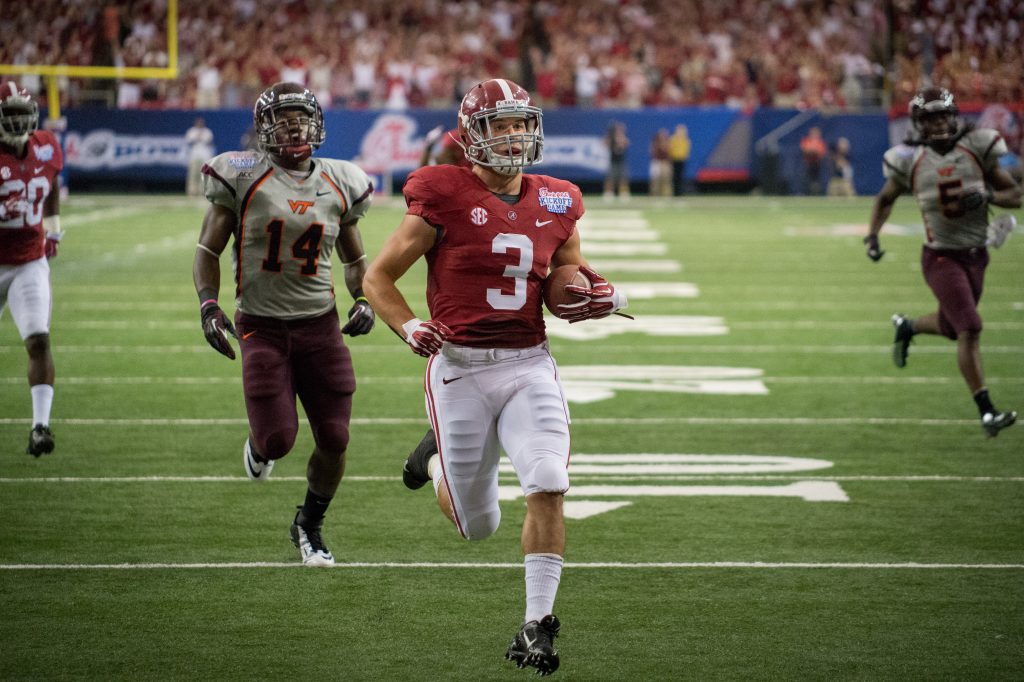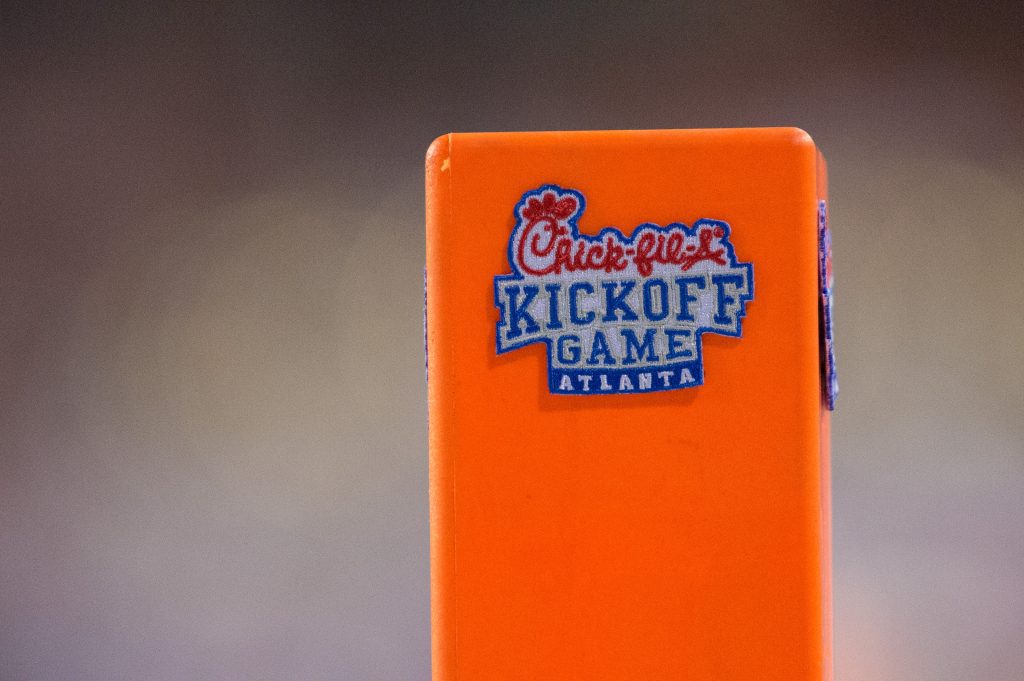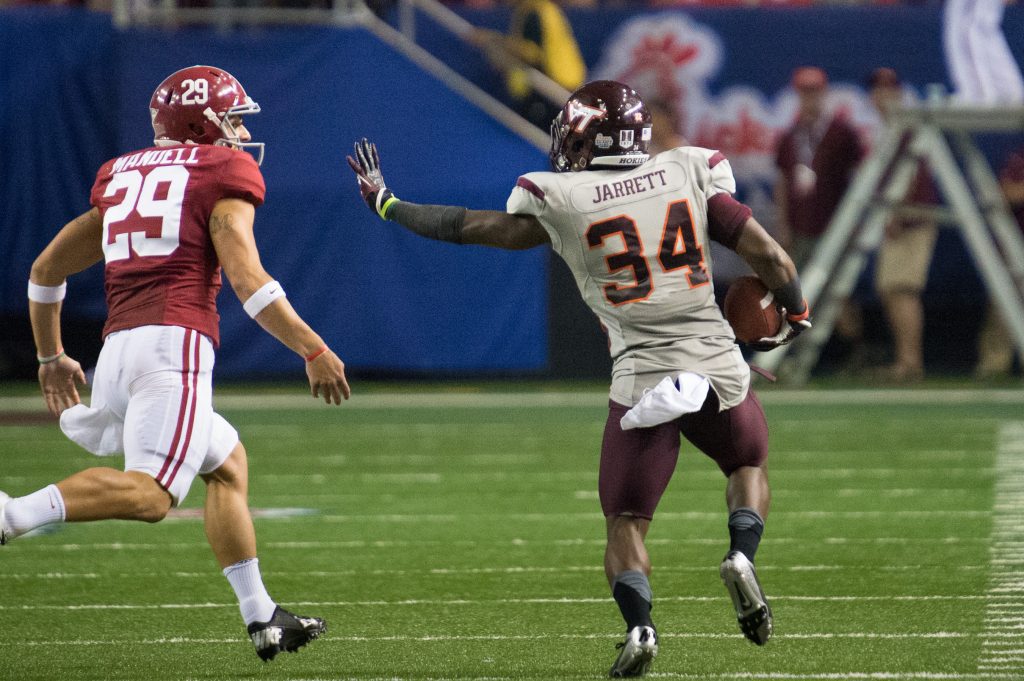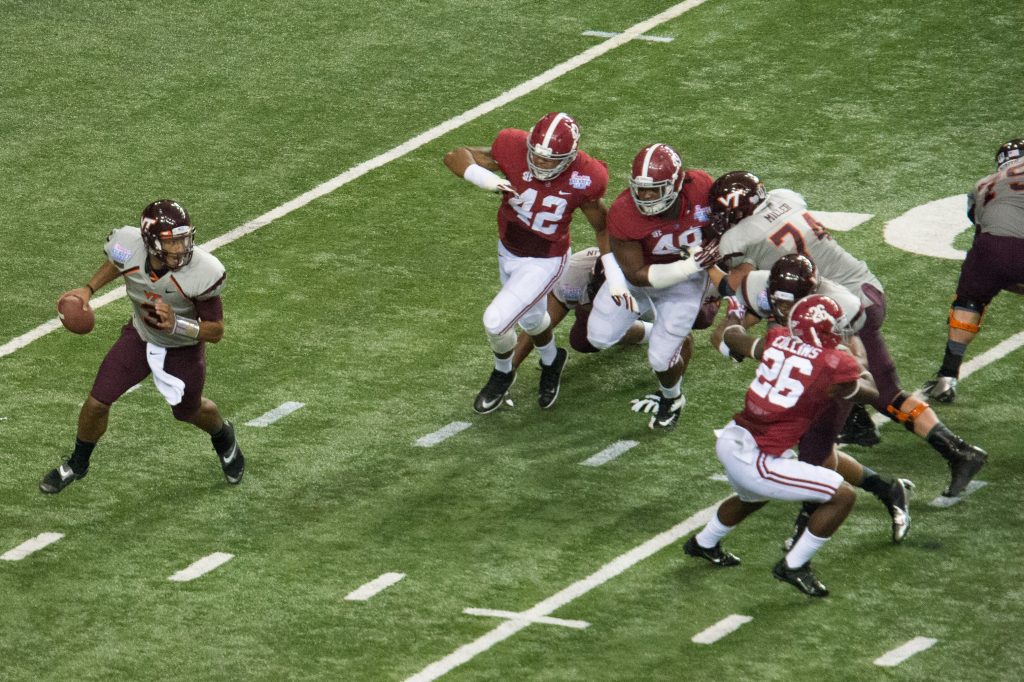| Nikon D4, 14-24mm ƒ/2.8, ISO 500, ƒ/8, 6 seconds, Off-camera Alienbees B1600 powered by Vagabond. |
These were just some of my favorite photos from this weekend when I photographed my niece’s wedding.
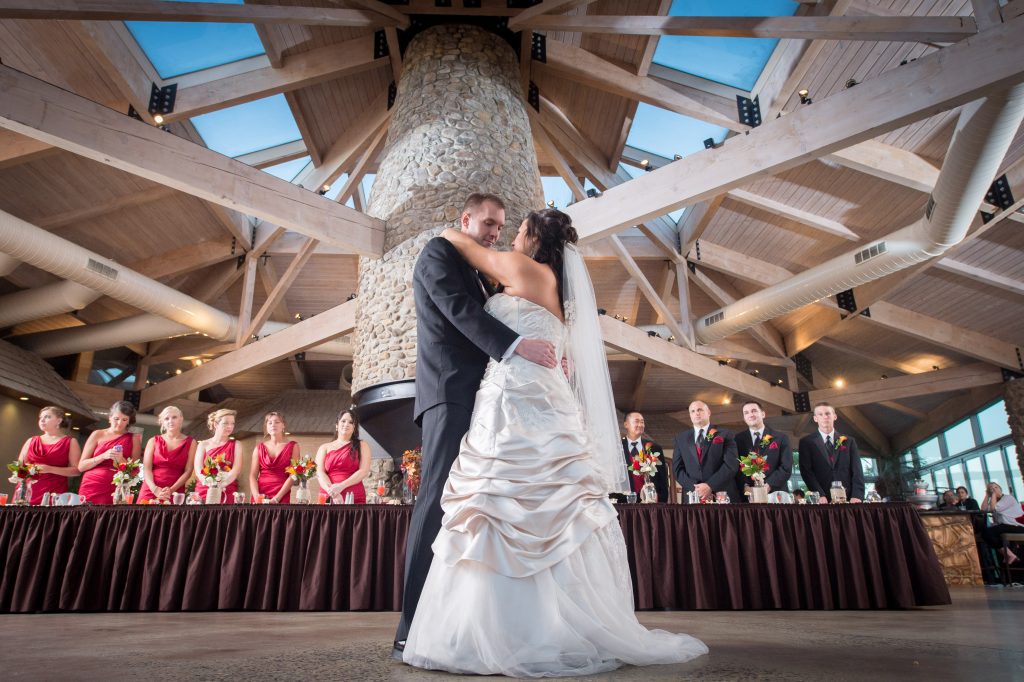
I am looking for a different angle. I wanted something a little dramatic, so I am using the ceiling leading lines to help, and then I anchor the photo just below the couple. For depth, I have the head table in the background to give another dimension to the moment.
I like capturing a bridesmaid on her smartphone, where she keeps everyone unable to attend the wedding up to date on what is happening.
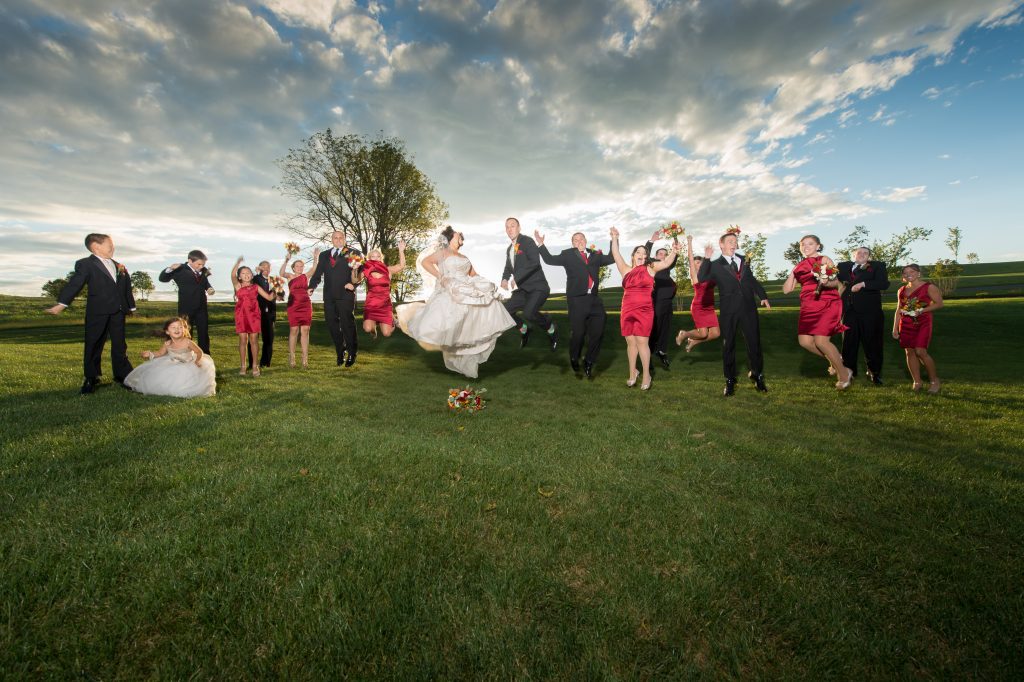
Everyone likes doing the jumping shot of the bridal party, so I guess this is a right of passage nowadays.
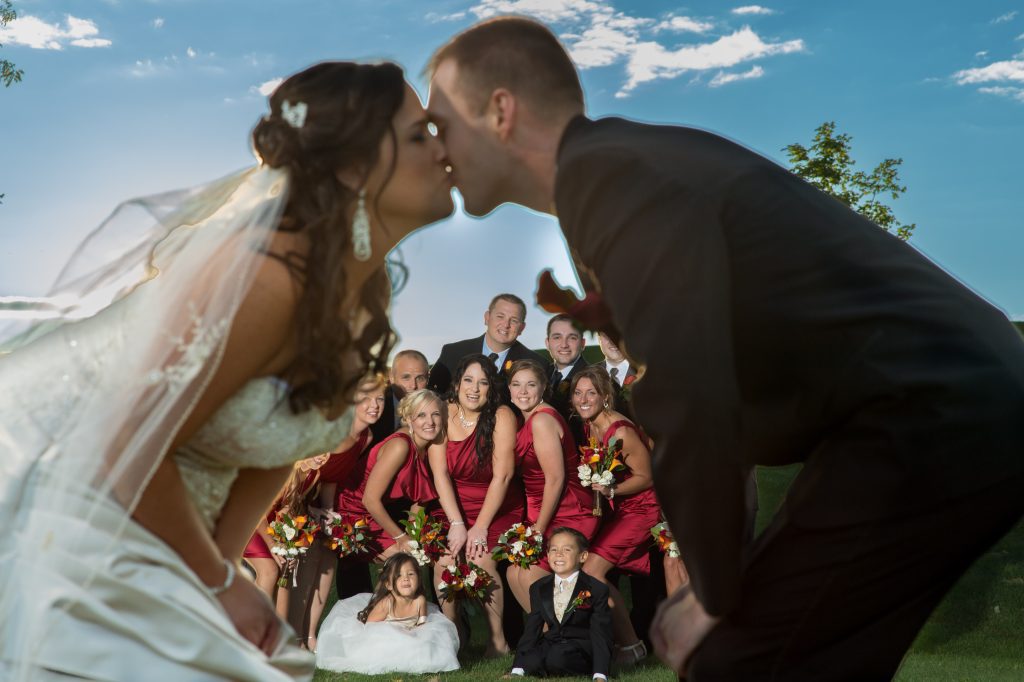
I needed the 85mm for the shallow depth of field, but I needed the wedding party so far back that I could have used just about any lens since the ƒ-stop was ƒ/8. I didn’t want the bride and groom to be unrecognizable.

This detailed photo shows the flowers and some of the bridesmaids’ shoes.
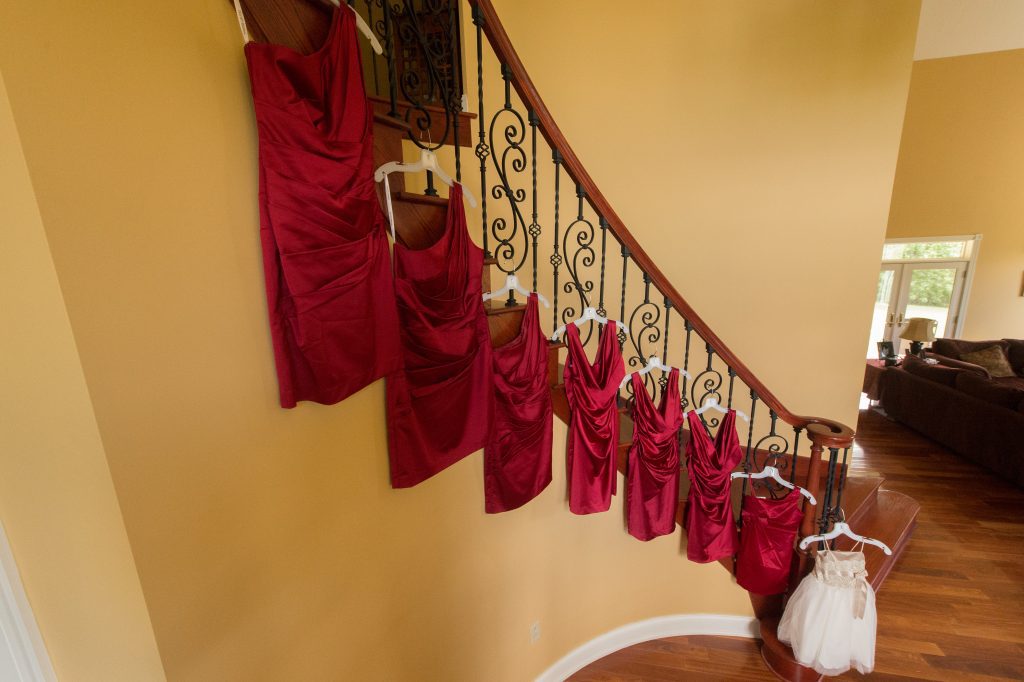
While today everyone was shooting the bride’s dress hanging up, we went one further with all the bridesmaid’s and the flower girl’s dresses. This photo was my wife’s idea, and she was also one of my lovely assistants. The other assistant was my daughter Chelle, holding lights and light stands throughout the day.

Of course, I shot the dress as well by itself. Give the wedding couple something new in addition to the stock photos. That is my motto.
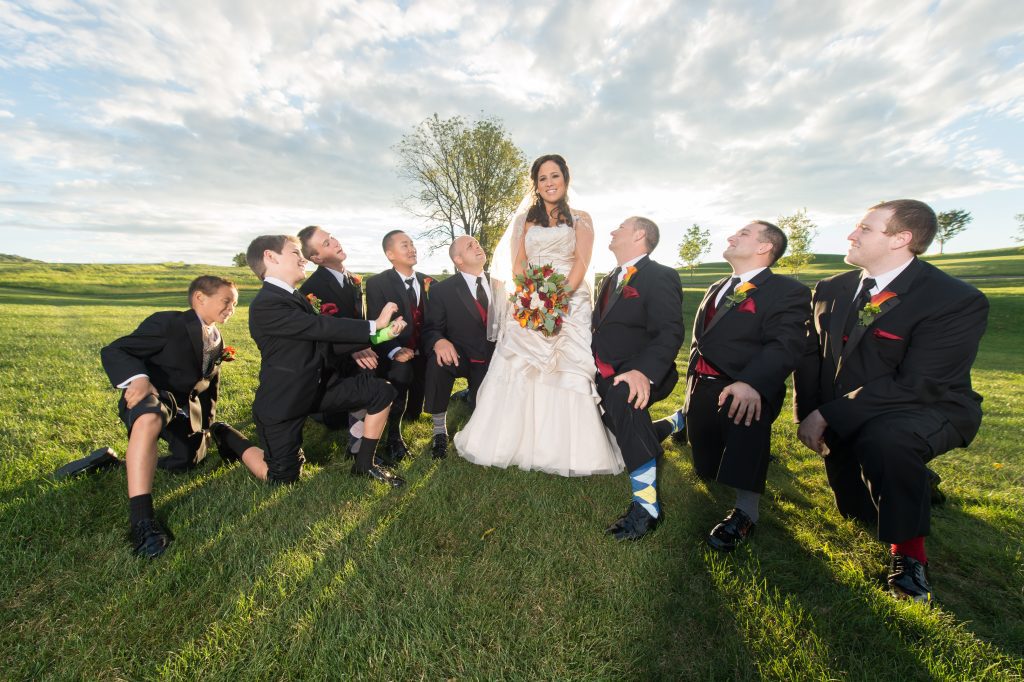
The sky was so dramatic that even the bride’s father commented. I knew I needed to capture that in the photos, so I backlit the bride and put her right in front of the sun and then just used a fill-flash with the Alienbees B1600 to act as the leading light. So the sun became an excellent rim light for everyone in the photo.
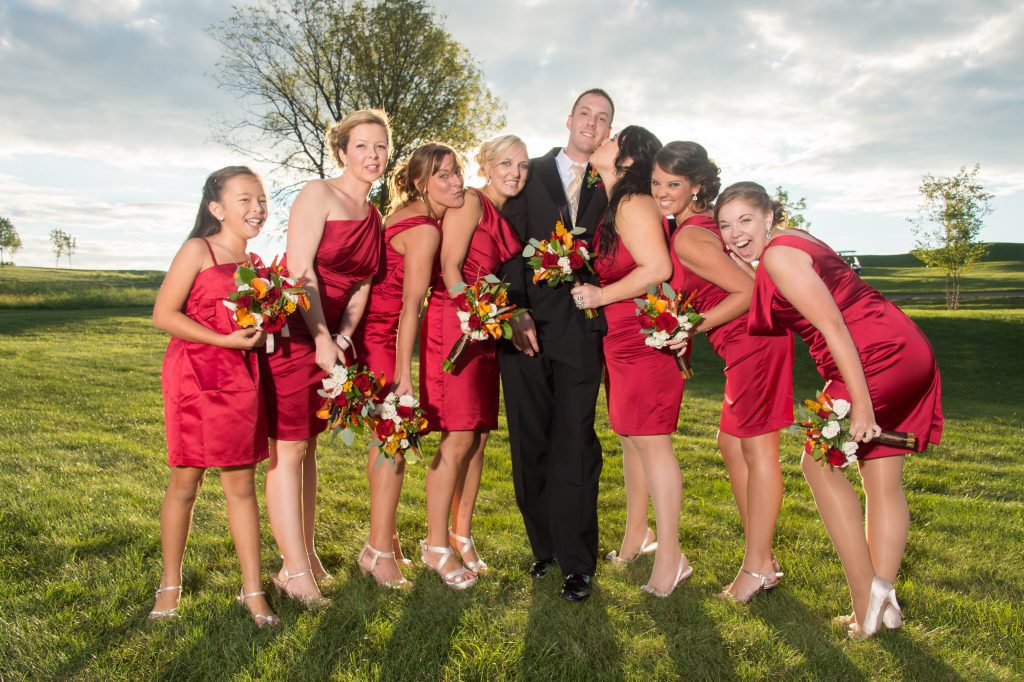
Time is of the essence with wedding photos, so rather than coming up with super-unique images in many different locations, I modified them to help us get more pictures of the bride and groom.
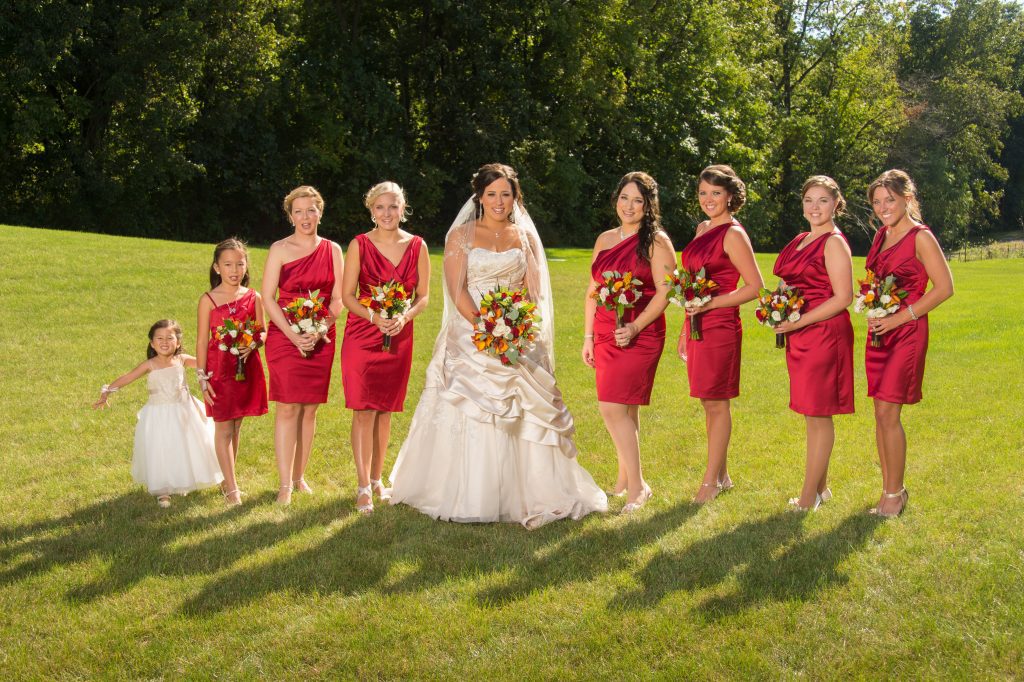
While at the bride’s home, I set up in the backyard after they got their hair and makeup done so I could take a few photos here and save some time later in the day. Again, I am using the sun as a second light to rim light the people and the Alienbees B1600 as the leading light.
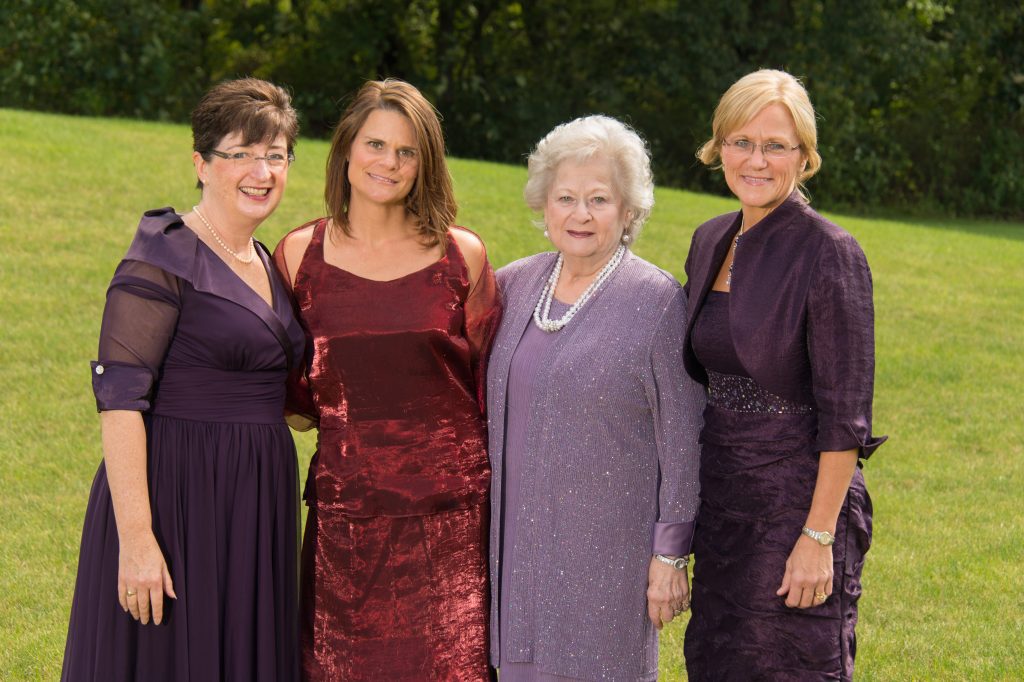
Before I did the photos of the bride and the bridesmaids, I took many family photos in the same place. It helped me double-check the lights and squeeze in a few more pictures making everyone happy that they were getting photos of themselves dressed up for the day.
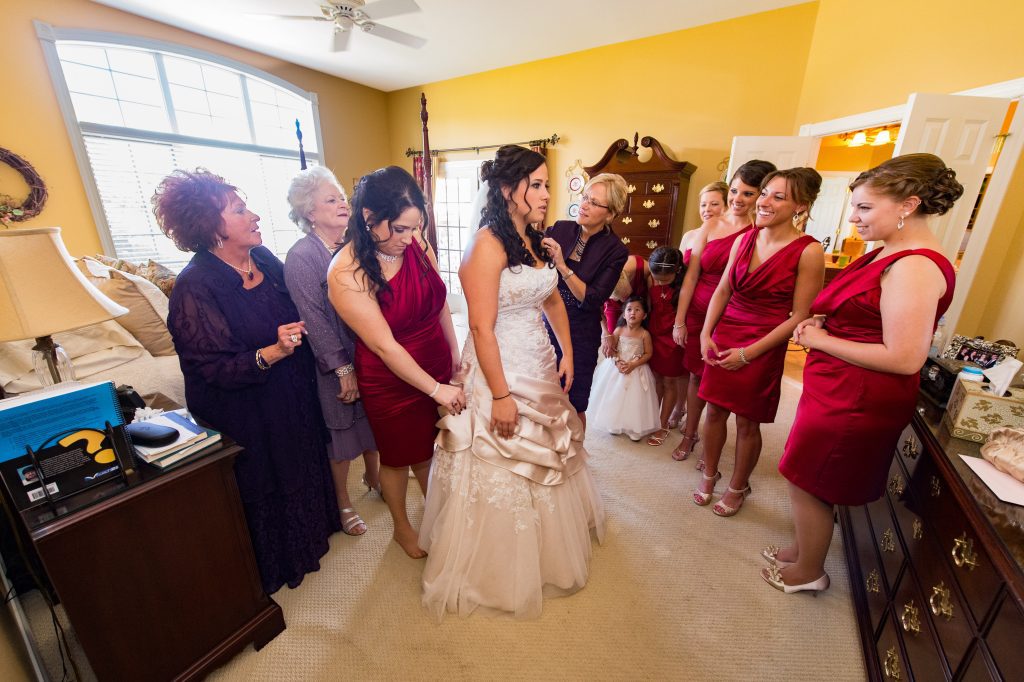
Now while the lights help the photos, what distinguishes me from many photographers is my emphasis on capturing moments. So here the bride is with all the women just moments before her dad sees her.
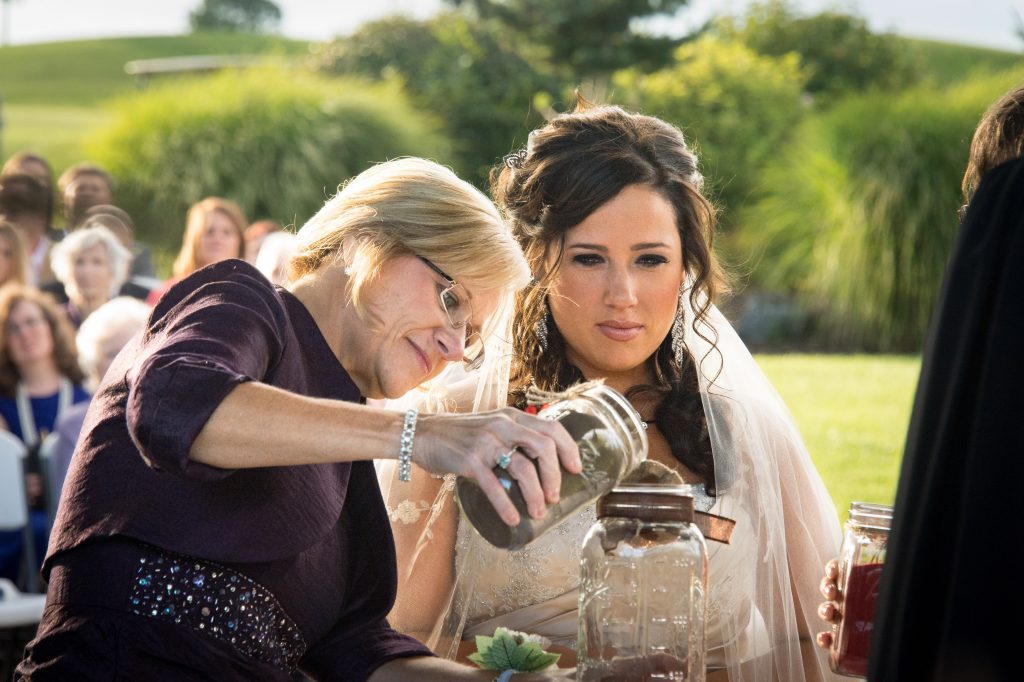
I ran behind a pavilion to get the photo of the bride’s mother putting sand into one jar. The sand in a jar was in place of a unity candle since it was outside to help represent the coming together of two families.
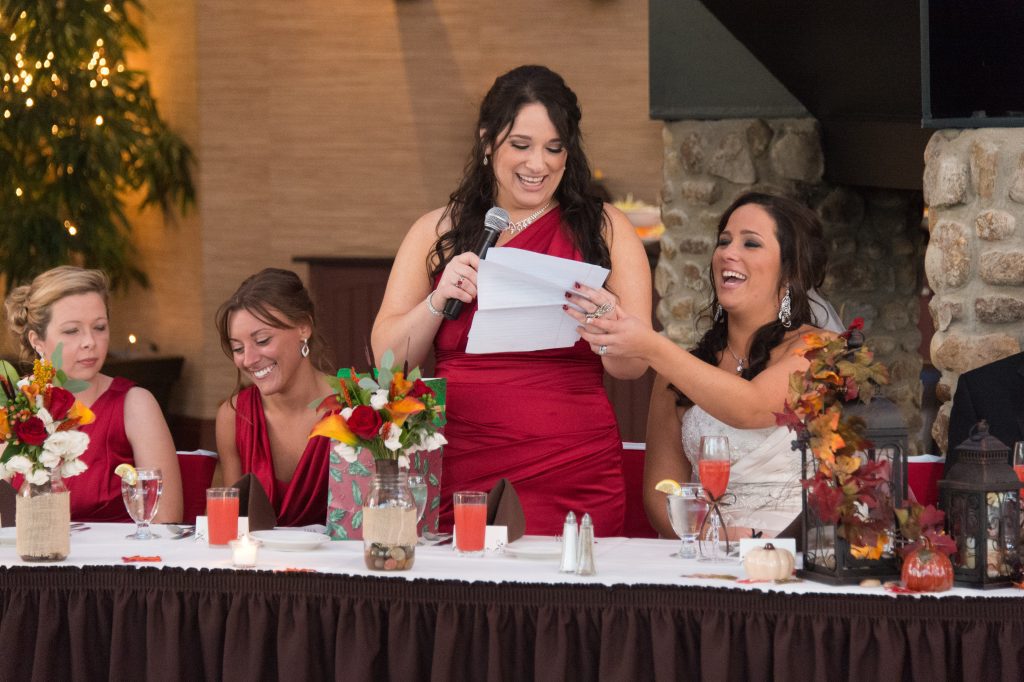
Here I capture the twin sister and maid of honor giving her toast and capturing a moment again.
Here are some tips I would pass along
- Have a sit-down meeting with the bride and groom or whoever is paying the bill.
- Plan a shot list
- Have some parameters to help them with timing. For example, I tell the bride for formal line-them-up photos to allow about 3 minutes per photo, but for the fun pictures like jumping in the air, this can be around 5 minutes per photo.
- Please encourage them to get photos before the wedding of some of the groupings. Help them understand you want them to have as much time with their guests from all over for that day to see them.
- Use off-camera strobes for formal and group photos.
- For outside, I recommend the Alienbees B1600 with a Vagabond battery
- Inside or dusk photos, you can use something like the Nikon SB-900 and fire them with PocketWizard TT1 and the Flex TT5, giving you TTL control. Also, use the AC3 to control the flash output from your camera.
- Use a tripod when possible. The tripod will help immensely in group photos where one person in one photo blinks, and in the next shot, someone else does. You can combine the two images much easier when grabbing the head of someone to put in the other picture with PhotoShop CS6.
- Use custom white balance all the time. I use ExpoDisc. Custom white balance will save you an incredible amount of post-processing time.
- Use high ISO to help open up the background. Unfortunately, so many photographers are obsessed with using the lowest ISO that they sacrifice capturing the environment that gives depth to the photos.
- Use assistants. They can alert you if a flash isn’t working. They can help spot someone’s tie or dress that is not straight and help adjust it while you stay behind the camera.
- Overshoot. Shoot more than you ever promise a bride. Shoot the shot on your list, and throw in some fun photos as you have time. Just do a severe photo and then ask everyone to make a funny face for one. Just doing that will give some variety.
- Plan for an online gallery where they can give the link on their social media. I gave the family a link and a password for them to see the gallery. They can order prints and things like key chains, mouse pads, T-Shirts, and coffee mugs, for example. They can also order downloads for social media size and request a high-resolution photo.
- While I didn’t do this for this wedding, I might even offer to post the photos during the marriage for an upgraded package. Real-time photos are a way for all their family and friends who couldn’t make it to see it in almost real-time. As you saw in the photo of the bridesmaid posting to her Facebook, today’s brides are interested in the here and now and not so much long-term.

